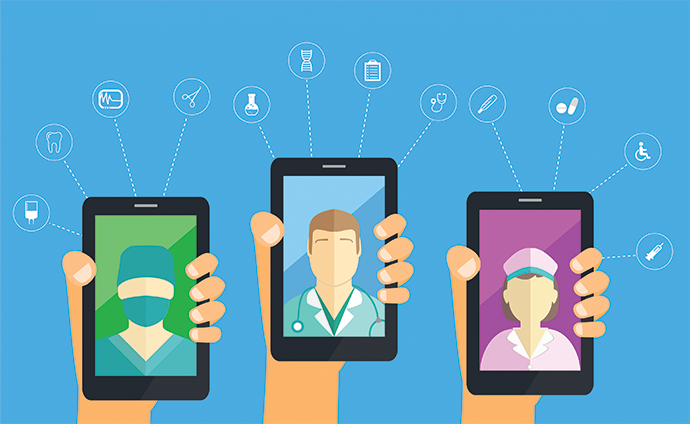Telehealth Maintained Care Quality for Type 2 Diabetics During Pandemic
Patients who used telehealth during the pandemic for type 2 diabetes care were just as likely to achieve quality measures as patients who received in-person care before the pandemic, a study found.

Source: Getty Images
- Using telehealth for type 2 diabetes care during the COVID-19 pandemic helped maintain quality of care and led to better health outcomes for patients, compared to those who only utilized in-person care, a study published in the Journal of General Internal Medicine found.
Researchers from the University of California, Los Angeles (UCLA) gathered data from the EHR for patients at a single academic medical center who had type 2 diabetes.
To understand how telehealth impacted the quality of diabetes care during the pandemic, the researchers analyzed patient data from before and during the pandemic. The pandemic period consisted of the first nine months of the public health emergency, starting on March 19, 2020.
Care quality was determined by whether or not patients met a series of composite measures, including a systolic/diastolic blood pressure less than 140/90 mmHg, hemoglobin A1c less than 8 percent, an active prescription for statins, aspirin, or other anti-platelet agents, and a non-user of tobacco or someone who quit during the study period.
A total of 16,588 with type 2 diabetes received care before or during the pandemic. Nearly half of the patients (7,581) had a telehealth visit with either a primary care physician or an endocrinologist, with 7,357 patients utilizing virtual care during the first nine months of the pandemic, and 224 using telehealth pre-pandemic.
Out of the patients who used telehealth during the pandemic, 86 percent had an in-person visit as well and 17 percent utilized audio-only telehealth services. These patients were also more likely to be female, Latinx, and receive healthcare coverage through Medicare or a managed care plan, the study found.
During the pandemic, telehealth users and patients who only used in-person care saw different changes in their health outcomes. Patients who utilized in-person care alone saw a decline in quality outcomes during the pandemic, but patients who used telehealth achieved similar quality outcomes during the pandemic as they did before.
Additionally, patients who used telehealth were just as likely to meet all five of the composite measures as patients who received in-person care during the pandemic.
“This demonstration of the incorporation of telemedicine as a mode of ambulatory care in addition to in-person visits during the early pandemic is an early indicator of the promise of telemedicine to deliver high-quality care across populations, during and beyond the public health emergency,” the researchers wrote.
The biggest differences between the telehealth and in-person cohorts were seen in measures like blood pressure and A1c level monitoring, as these may be measured more accurately in person with proper equipment. Researchers noted that remote patient monitoring advances and improvements may help address this issue.
The study results showed that telehealth was effective at maintaining the quality of diabetes care during the pandemic. Past studies have also highlighted how virtual care and telehealth technologies can improve diabetes outcomes.
One study revealed that patients living with type 2 diabetes saw improvements in their A1c levels after participating in a remote patient monitoring program.
Further, a past systematic review found that remote patient monitoring, mHealth devices, videoconferencing, and virtual education resources led to improvements in mental health, body mass index, diabetes self-management behaviors, systolic blood pressure, and A1c levels for patients with type 2 diabetes.
